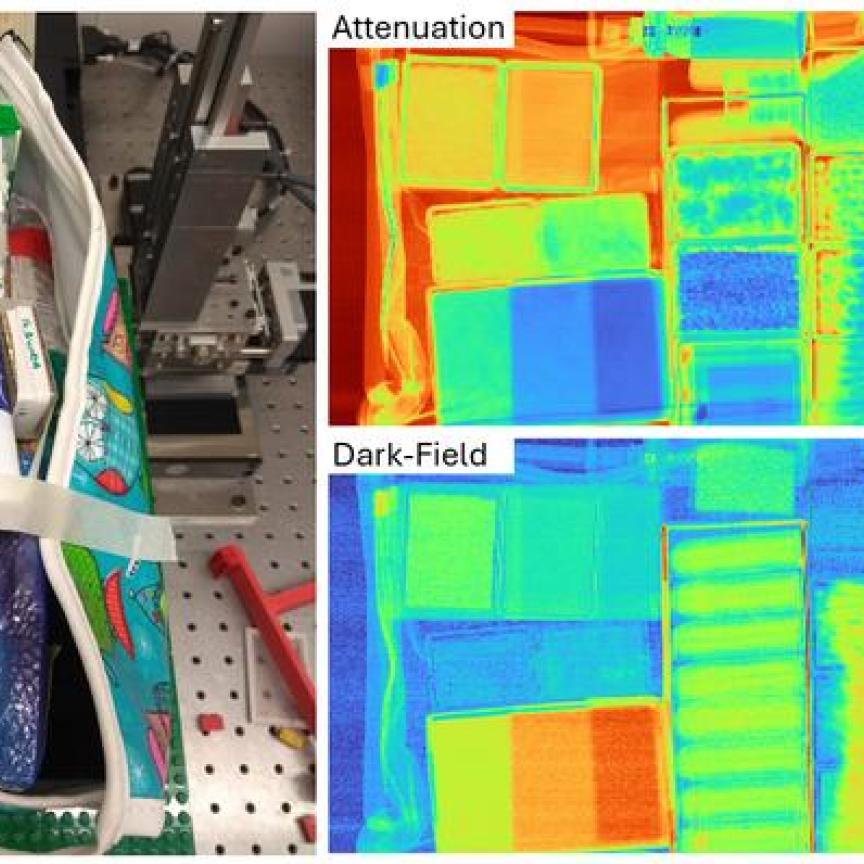A set of 13 sixteenth century Italian wind instruments has been restored to working condition by Swiss experts using 3D X-ray imaging. The models of the composite wood, metal and leather structures provided information about the construction methods of the original instrument makers, and were used to guide their restoration in Basel, Switzerland.
Following the discovery of the instruments in the library of the Sacred Convent of Assisi, Italy, each was subjected to non-destructive X-ray and neutron beam tomography and radiography imaging at the Paul Scherrer Institute’s SINQ (Swiss Spallation Neutron Source) in Switzerland. An Andor iKon-L CCD camera and scintillator captured the signals in both neutron and X-ray set-ups to characterise and model the original construction and internal structure of the instruments, and catalogue the damage and deterioration that has happened over time.
Dr Giulia Festa, from the Department of Physics at the University of Rome, commented: ‘The information about construction techniques is of great significance for sound quality. In particular, we can see in detail how the finger holes were shaped, the adjustments made in the main borehole design to improve the tonal quality of the instruments, and the deterioration that has occurred over hundreds of years. Using this data, we can now reconstruct for the first time what they would have sounded like when first played.’
Frontal and lateral neutron and X-ray radiographies were performed for each instrument and neutron and X-ray tomographies on the transverse flute were also performed. The combination of the neutron and X-ray techniques, with their complementary penetrative powers, allowed analysis of the internal structure, especially the structure of the finger holes and main bore hole, with the neutron characterisation showing the effect of wood deformations and providing the wood fibre displacement data.
Antoine Varagnat of Andor commented: ‘The work of Dr Festa and her team, together with the skills of the SINQ scientists and restorers, shows that the combined use of neutron and X-ray techniques provides unique information on the conformation of historical musical instruments. We are proud that the high performance Andor iKon-L camera could play a part in this effort and help to better define future restoration techniques.’

